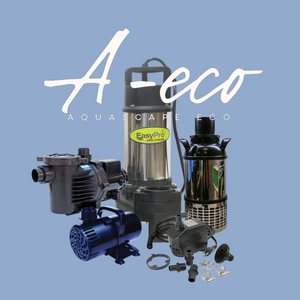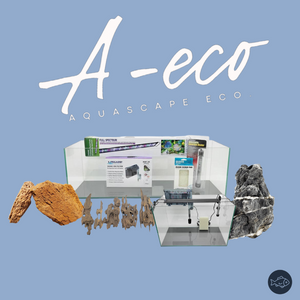Flooded Suction
Ideal Setup: Does not require priming.
Maintenance Ease: Ball valves installed before and after the pump.
If the water source is higher than the pump, opening the supply valve will fill the pump with water. This is applicable to flooded suction systems. We recommend opening the strainer pot lid on both flooded and non-flooded systems.
Add water and clean the lid O-ring. Finally, close the lid tightly before starting.
Once you fill the priming pot and open the supply valves (if present), your pump is ready to prime. Turn the motor on by plugging in the unit or switching on the power supply.
Priming times may vary, but the water should continue flowing into the basket as the pump goes through the priming process, which should not take longer than 15 minutes.
Important Note: The high flow pump should never run dry. If the water stops flowing into the strainer pot, shut off the pump immediately and consult the manual for troubleshooting tips.
When you start the pump, the water level in the housing should decrease rapidly. Only a small amount of water should enter the pump within 3 minutes. This is normal. If there are no air leaks, the water flow will gradually increase, and the pump will operate at its best.
Suction Lift
Check Valve: Suction lift can be installed with a swing check valve.
Dry-Running Prevention: Install the check valve below the water level to aid in priming and prevent dry-running.
The pump ports are 3” slip on both the inlet and discharge ports. The 2" or 3" fittings included with your pump should connect to PVC or flex pipe plumbing.
All plumbing lines should be self-supported and properly aligned to prevent undue stress on the housing and fittings. Use a good primer and PVC cement to glue the pipe to the tailpiece fittings.
To stop back-flow or reverse rotation, use a ball or swing check valve when the pump is below water level. A ball valve will supplement a swing check valve and allow flow adjustments.
Priming Pot Preparation
Fill the priming pot with water before starting the pump. Ensure your installation location is no higher than 9 feet above the water surface level. We recommend using a 3" tube.
Avoid adding too many fittings or strainers to prevent slowing water flow and delaying pump startup. Refer to the Pump Operation information in the manual.
When determining pump placement, consider the distance and height from the water source. Position the pump no more than 9 feet above the water source to ensure efficient priming and minimize cavitation.
Recommended Maintenance
Strainer Basket: Clean the strainer basket in the priming pot once a week. If there is a lot of debris in the area, clean it more often.
Seals and Bearings: Replace pump seals every 3 to 4 years for fresh water applications and annually for salt water applications. The frequency of replacement depends on the environment and water quality.
Winterization
Cold temperatures can expand water, damaging the pump, plumbing, and other parts, leading to expensive repairs. Winterizing your pump is necessary if freezing temperatures occur in your area for extended periods. Follow the manual's winterization steps to keep your pump safe.
How to Read a Water Pump Flow Chart
The Flow Chart helps you determine your pond's water needs and select the best high flow water pump.
Start by calculating your pond's specific water-flow requirements, measured by Head Pressure (Feet) and Gallons Per Hour (GPH) water flow.














